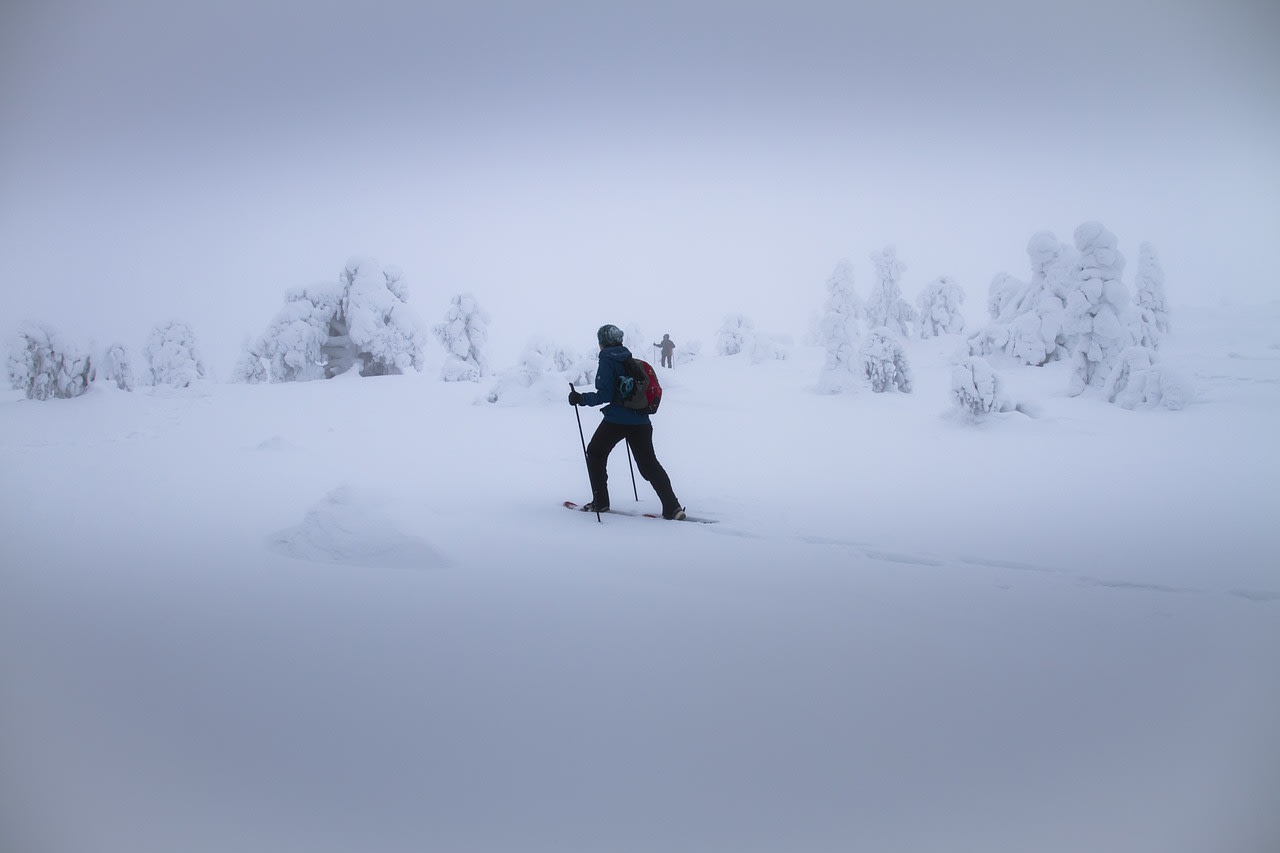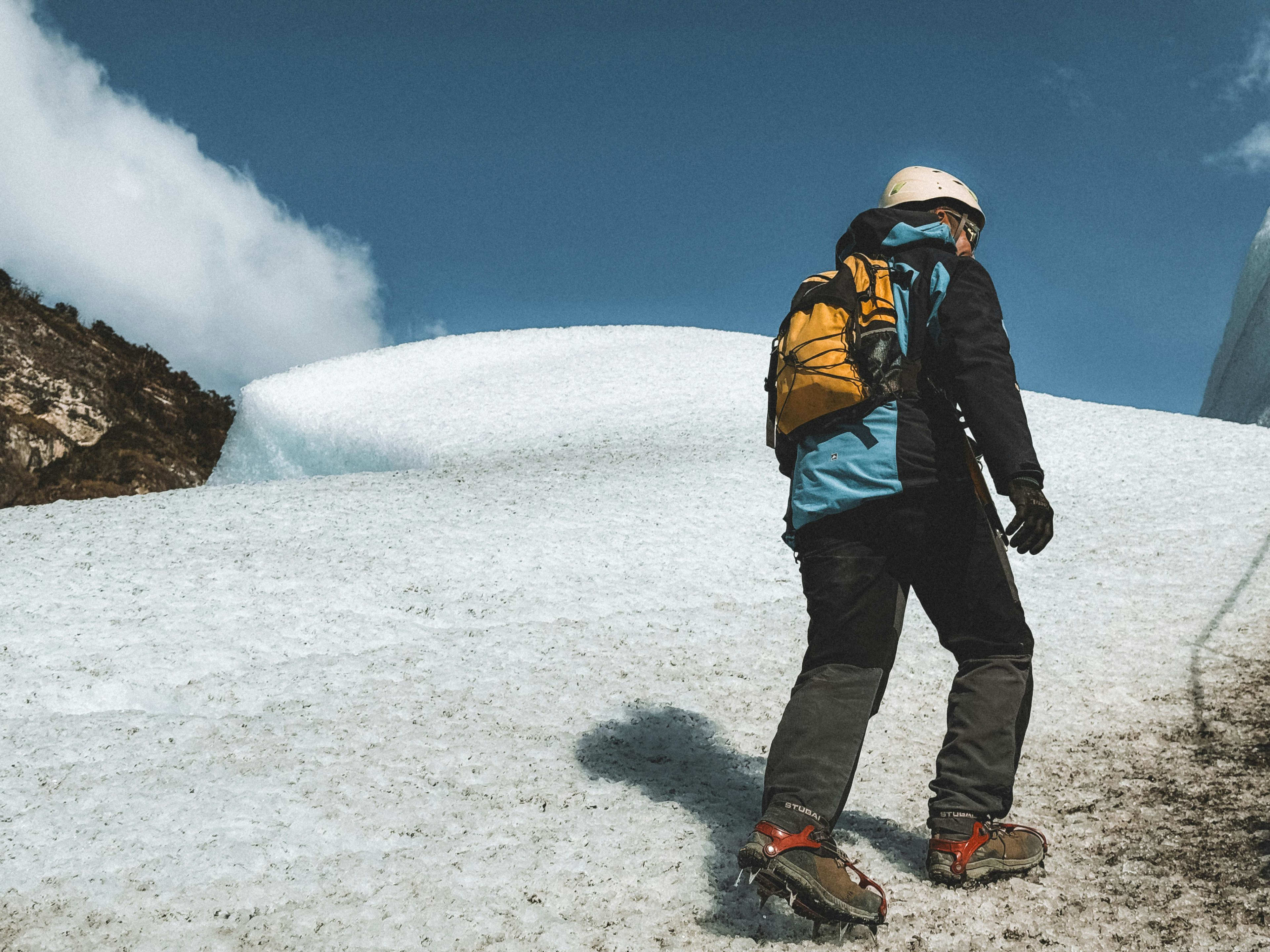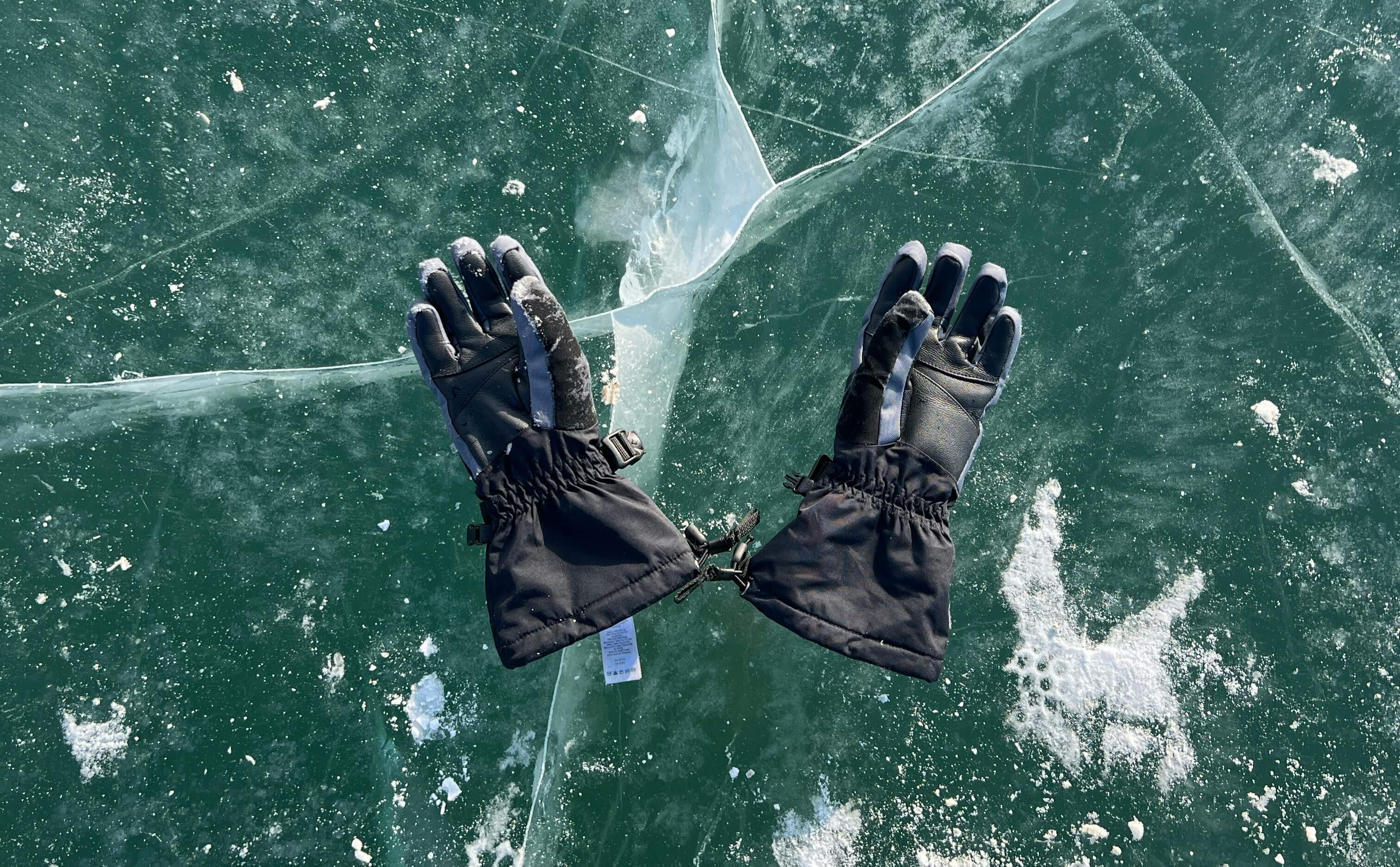How should you dress for winter in Lapland?

Lapland is a region renowned for its magical, but also very cold winters! If you want to visit the region and enjoy every moment without suffering from the cold, you'll need to know a few rules about how to dress for winter in Lapland.
Winter in Lapland is characterised by extreme temperatures that can drop to -30°C and even lower! Add to these already icy temperatures the wind and humidity, and it's easy to end up feeling like -40°C. But don't panic, Norway, Sweden and Finland are all countries where outdoor winter activities are popular and where everyone is equipped for this season's harsh conditions. So how do they do it?
Knowing what to wear is crucial to an enjoyable winter experience. As the famous quote goes,"there's no such thing as bad weather, only bad clothing". Whatever you plan to do during your stay in Lapland - a short walk or a dog-sledding trip lasting several hours - you'll need to be properly equipped.
How should you dress for winter in Lapland?
If you want to make the most of your stay in Lapland, it's essential to be well equipped to cope with the winter temperatures. By following our advice, you can set off with complete peace of mind, knowing that you have the right equipment.
1. Choose the right quality materials
To be well dressed for winter in Lapland, it's important to choose high-quality, appropriate materials. In particular, you need to wear materials that are highly insulating and breathable, and that protect against moisture and wind. Breathability is crucial, as it prevents moisture build-up. For the same reason, cotton should be avoided in winter, as it retains moisture and loses its insulating properties.
Here are some of the most suitable materials for winter clothing in Lapland:
- Merino wool
This material is naturally insulating, breathable and absorbs moisture while maintaining its thermal qualities.
- Polartec fabric (fleece)
A technology with the ability to regulate temperature and dry quickly.
- Down
Exceptionally warm and light, down is one of nature's best insulators. However, it loses its insulating properties when wet.
- Synthetic materials (Primaloft, Thinsulate)
Lightweight, insulating fabrics that perform well even when wet. They are also breathable and compressible.
- Gore-Tex
This technology keeps moisture out while allowing perspiration to escape.
- Softshell
This material is wind- and water-resistant, yet more breathable than hardshell (Gore-Tex). It's also supple and comfortable.
As you can see, each of these materials has its own strengths and weaknesses. So it's by strategically combining these different materials that you'll be able to put together a winter outfit suited to the Lapland climate.
2. Apply the 3-layer system

To put together the perfect winter outfit, you'll need to maximise warmth and protection from the elements while managing the problem of moisture. The 3-layer system is renowned for its effectiveness in this situation.
- The first layer: moisture management
First of all, you'll need to put on a first layer. The purpose of this layer is to wick away perspiration so that the moisture doesn't chill your body. It will be in direct contact with the skin, so it's advisable to wear comfortable materials such as merino wool or polyester. The first layer generally consists of thermal underwear (trousers and a long-sleeved T-shirt) and socks.
- The second layer: insulation
The second layer will add insulation to your outfit. Its aim will be to trap body heat while allowing the moisture evacuated by the first layer to escape. This second layer will be your barrier against the cold. For it to be effective, it must be made from materials with good insulation properties, such as fleece, down or synthetic materials. Add a fleece jumper or down jacket over the first layer and you're almost ready! Don't hesitate to add a second pair of socks.
- The third layer: windproof and waterproof
Dressing warmly won't do you any good if your clothes get wet or are blown across by the icy winds of Lapland! That's why a third layer is essential: it protects you from the elements like wind, rain and snow. At the same time, it must allow perspiration to escape. Gore-Tex and softshell are particularly suitable for this. By adding a waterproof jacket and trousers to your outfit, you'll be well protected for the outdoors.
3. Add essential accessories

Once you've got your layers on strategically, you'll still need to add some essential winter accessories. The extremities are often the parts of the body that suffer most from the cold, so don't neglect them.
- Gloves
Here too, don't hesitate to apply the layering technique. For example, you could wear thin, thermal under-gloves and add a pair of gloves or mittens on top. Knowing that mittens offer better heat retention, it may be a good idea to opt for them.
- A bonnet
As our bodies lose a lot of heat through our heads, we need to keep them well covered with a cap made of wool or another technical material.
- A scarf or buff
The neck is one part of the body where it's really unpleasant to feel the cold. Equip yourself with a scarf or a buff to protect your neck and maybe even your nose!
- Winter shoes
A good pair of winter boots should be insulating and waterproof, but still offer good grip. Take a size above your usual size so that you can wear 2 pairs of socks comfortably!
4. Complete with optional accessories
If you wish, and depending on your activity or where you are, you can complete your outfit with a few optional accessories.
- Fluorescent or reflective material
As the days are very short in Lapland in winter, it's a good idea to wear something reflective so that you're visible. This is especially important if you're near a road or town. You can find fluorescent clothing or accessories and add them to your outfit for added safety.
- A heater
If you're planning to spend a lot of time outside, or if you're just a bit chilly, a heater will never go amiss!
- A thermos
Take your hot drinks with you to keep warm and hydrated whenever you want!

5. Adapt your outfit to the context
It's called the 3-layer system, but of course it's up to you to decide how many layers you want. The key is to respect the purpose of each layer (one layer for moisture management, another for warmth and a final layer for protection from the elements).
If it's going to be a particularly cold day, don't hesitate to add more layers than the day before. Similarly, don't hesitate to remove layers when temperatures rise. That's the great advantage of this technique: it's flexible and customisable.
Finally, if you're doing something outdoors, you can also adapt your clothing to your sporting activity. Remove layers when exercise warms you up and put them back on when you're inactive!
It's up to you to adjust the 3-layer system according to temperature, wind, humidity and your level of activity.
In conclusion, dressing for winter in Lapland requires a bit of organisation, especially when you're not used to such wintry temperatures! Nevertheless, by following the 3-layer method and applying the advice in this article, you'll be able to enjoy the magic of winter without any problems, while staying nice and warm. And if you're planning to take part in supervised excursions, don't worry, you'll be provided with extra cold-weather gear!
So what are you waiting for? You can now pack your suitcase for a winter holiday in Lapland!